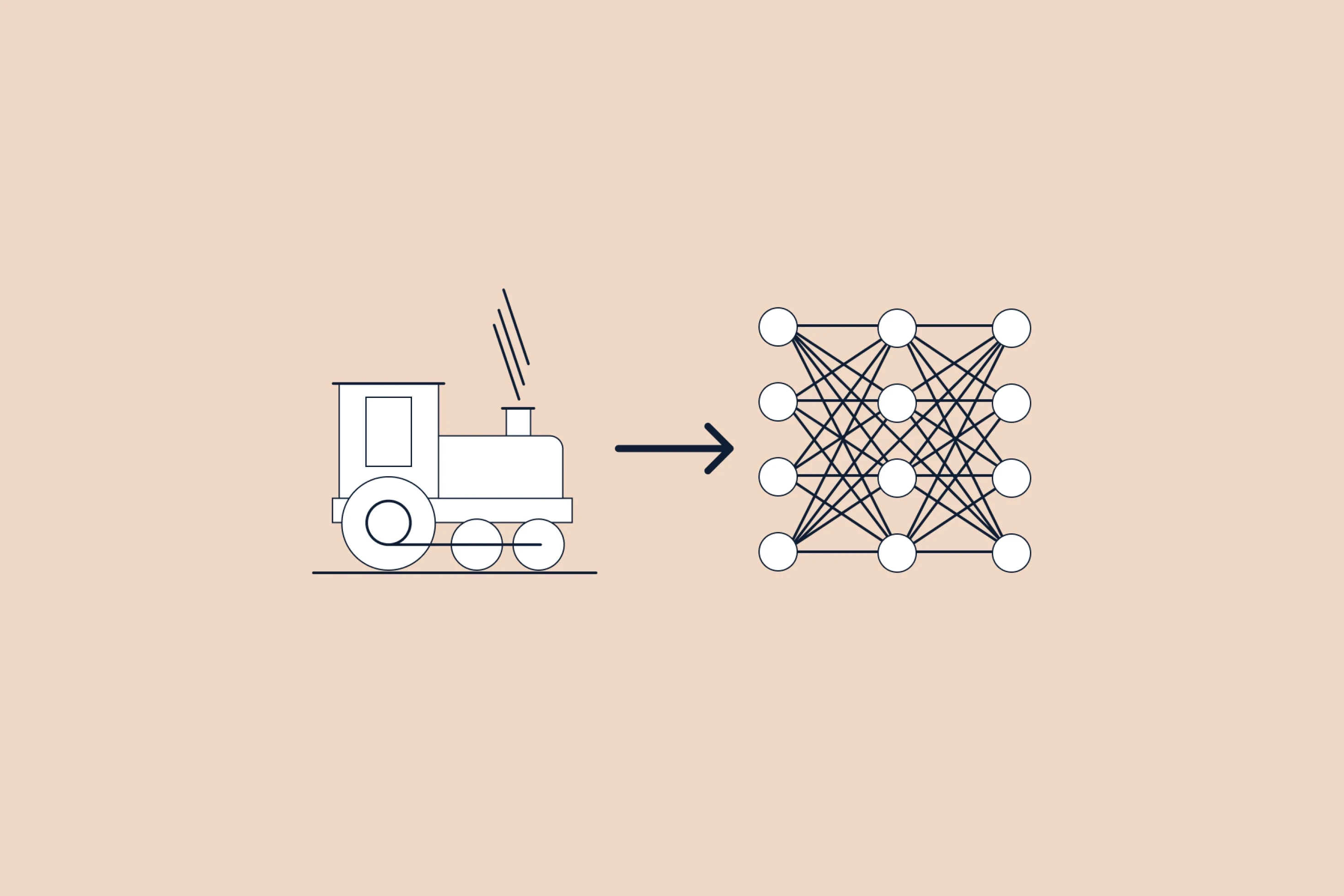You Run It, You Build It
After the SaaS revolution comes the no-code revolution. No-code is going to transform how every operational function works in a company. In the near future, there will be builders in every department, whose jobs will be to turn work processes into workflows or apps.
The convergence of Tech and Operations, second act
In 2006, Amazon CTO Werner Vogels famously coined the statement “you build it, you run it”, which sparked the DevOps movement. Behind this, a simple idea: if developers eat their own dog food, they will build better solutions.
“The traditional model is that you take your software to the wall that separates development and operations and throw it over and then forget about it. Not at Amazon. You build it, you run it. This brings developers into contact with the day-to-day operation of their software. It also brings them into day-to-day contact with the customer. This customer feedback loop is essential for improving the quality of the service.”
The best builder is his own customer. When you are building to solve your own problem, it takes the guesswork out of the equation.
Today we are again seeing a convergence between Tech and Operations, but this time coming from Operations. And the key enabler behind this trend is technology, more specifically the emergence and rise of no-code.
No-code allows non-developers to build workflows, websites and web apps without writing code. Technology has become way easier to use because the code barrier is now gone:
You can call APIs with Zapier or Make - and might not even need to know APIs are behind this
You can build websites with Webflow without writing a single line of code
You can now even build your own app with platforms like Bubble, Softr, or Bildr
And so a new wave of builders, very different from software developers, started emerging.
The case for the long-tail of software development
What will this new generation of builders build?
While the majority of the no-code community is staring at Bubble MVPs and pondering when no-code builders are going to replace software developers, we’d argue there is another, more exciting opportunity that is getting less attention: the long-tail of software use cases.

What is the long tail of software use cases? It’s the processes and process steps that eat up your time on a daily basis. These tend to be:
specific to you or your company
frequently changing in scope
too small to justify that any developer in our outside your company looks at it and automates it.
Every company has hundreds of these, and when they start growing these start to add up. As a result companies - even some you would expect to be tech savvy - end up with many employees swamped with repetitive manual tasks.
It’s time for everyone in tech companies - not just developers - to leverage technology
In 2023, can you really call yourself a tech company if no one outside your tech team leverages technology? It’s time to onboard the rest of your team by having them embrace no-code, low-code and APIs.
It’s time for the convergence between business and tech:
There will never be enough software developers to build everything your company needs. And they should anyways spend the maximum amount of their time building and improving the core app or service your company sells.
While SaaS tools are great at covering the short head of core operational processes, they fall short with embracing the long tail and are not always connected with each other the way you need them to be.
A lot of the cultural friction between tech and business can be eliminated if business started understanding more how tech works. Sure, building an app with Softr is very different from building an app in React Native. But some of the learnings will bring the business person who built the former closer to the dev team that builds the company’s app the next time they need to collaborate.
What sets apart great from average execution is nailing the details, improving and adapting as scopes change, leaving no stone unturned. Rinse and repeat until the raw diamond starts to shine. For the first time, no-code gives operators full control over every detail of their processes. We can’t wait to see what the best operators will invent with their newly acquired superpowers.
Zooming in on 9 Operators who became AI Builders
Explore how 9 operators transformed their businesses through AI solutions developed during the RMEP AI Hackathon, showcasing creativity and real impact.
This PE firm broke its own rule to deploy AI across 15 portfolio companies
How one PE firm deployed AI across 15 companies, transforming how teams work—during their busiest season.




